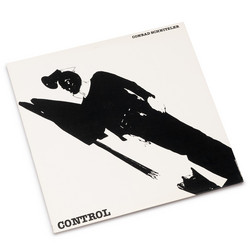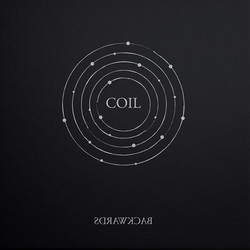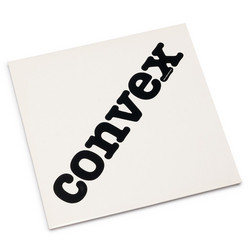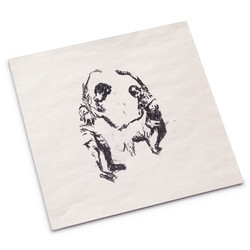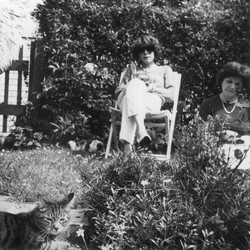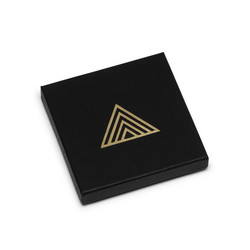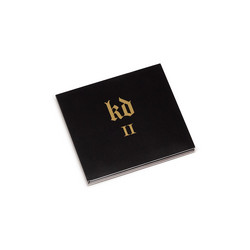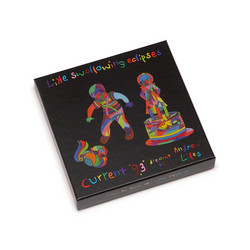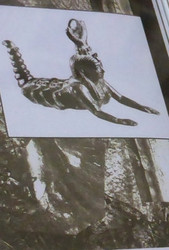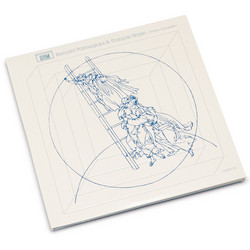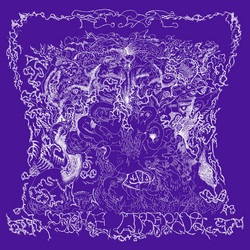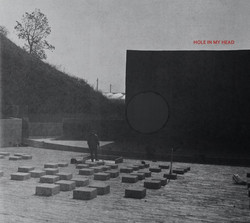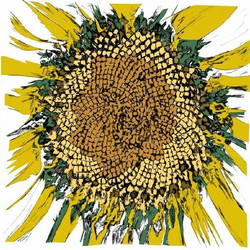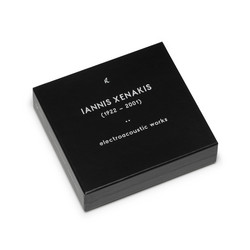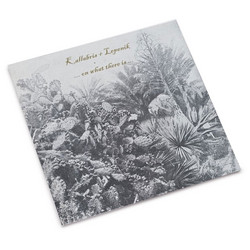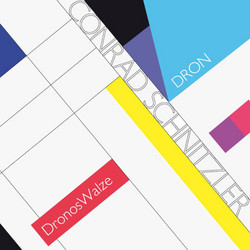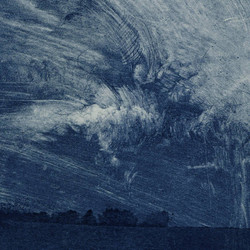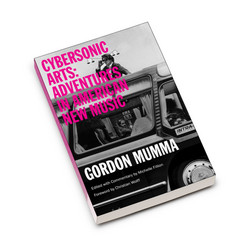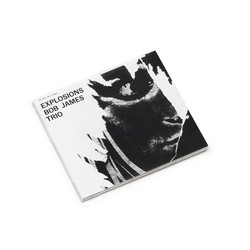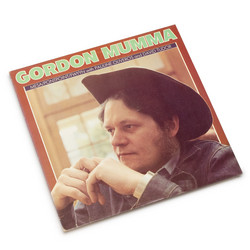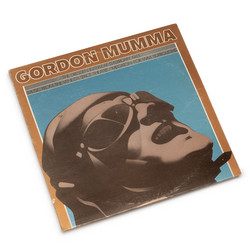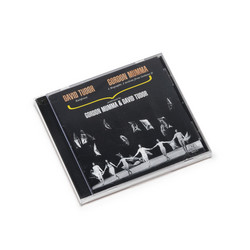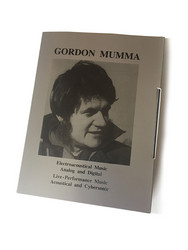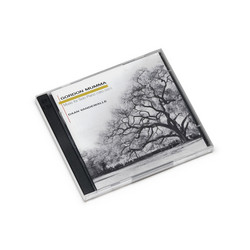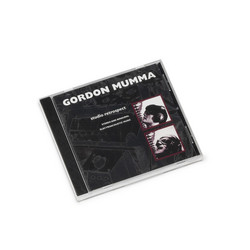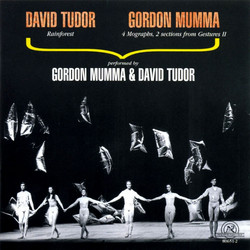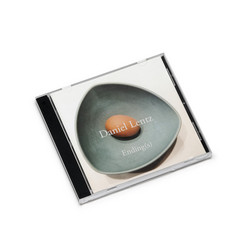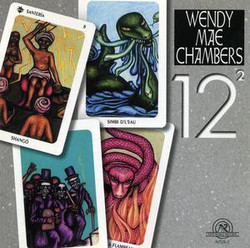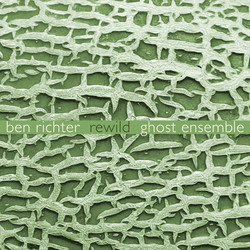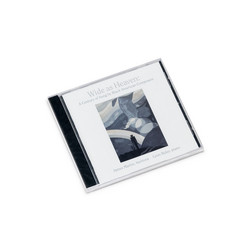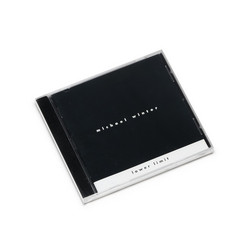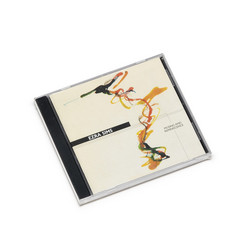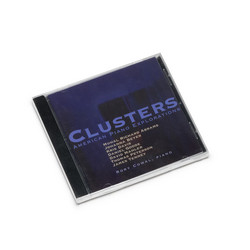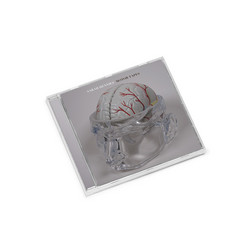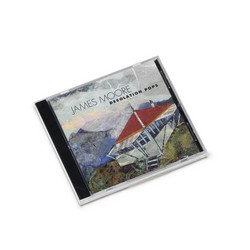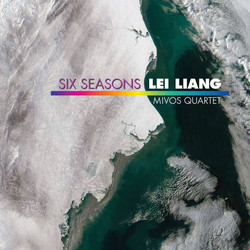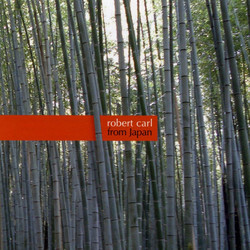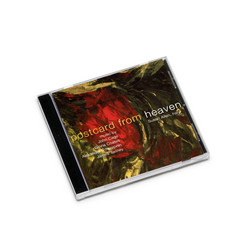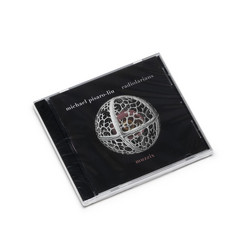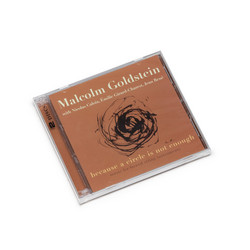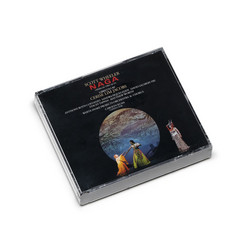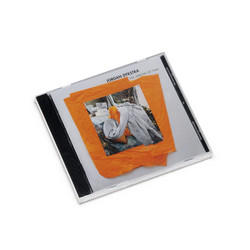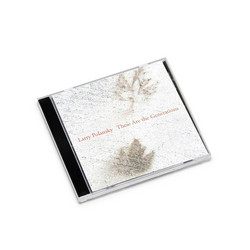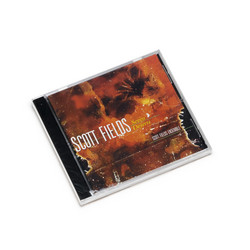Gordon Mumma
Electronic Music Of Theatre And Public Activity
Gordon Mumma (born 1935) has played a pioneering role in the development and evolution of 'live-electronic' music. 'Live-electronics' as a concept and practice appears to have originated in the United States in the late 1950s, outside the few institutional electronic studios and often in the context of innovative theatre activity. From its inception, it frequently involved two processes: (1) live performance with accompanying or interacting sound materials on magnetic tape; and (2) the use of electronic circuitry as sound-modifying and sound-producing instruments. Beginning with his classic 'Megaton for Wm. Burroughs' of 1963, mumma's live-electronic and cybersonic works of the 1960s and 1970s, especially 'Medium Size Mograph' (1963) and 'Hornpipe' (1967), display his resourceful use of both live-electronic processes. 'Cybersonic Cantilevers' (1973) extends them to include the active participation of audience members, many of them children and teenagers who were quick to grasp the artistic potential of cybersonic technology, while 'Conspiracy 8' (1969-70) is an early example of live interaction between performers and computer.
A major addition to the contemporary music discography, this is essential listening for anyone interested in the history of electronic music
"The four works on this CD, from different times and of diffe rent character, were composed for different theatre venues and involved various degrees of creative collaboration. Working with other creative artists is often challenging for uniquely motivated individuals, and many avoid the process. For me co llaboration has been a primary inspirational activity, an adjustment of egos, and a motivation for my individual cr eative work. Beyond working with people, the concept of “collaboration” may also be extended to technological levels. In my creative work with electronic-music resources, I have explored a direction that I call “cybersonics.” Simply, “cyberso nics” is a situation in which the electronic processing of sound activities is determined (or influenced) by the interact ions of the sounds with themselves—that interaction itself being “collaborative.” As both a composer and a sound design er with analog-electronic technology, I have experienced no separation between the collaborative proce sses of composing and instrument-building. With the exception of Cirqualz, my initial creative thinking did not include the possibility of these works occurring in a context separate from their original theatre venues—as sound-compositions on audio recordings. Conspiracy 8 required little change in order to accommodate the “venue” of an audi o recording; this recording is exactly what occurred in the premiere performance, with only the spoken lecture intro duction and ending applause removed. The revisions to the original live-performance recordings of Megaton for Wm.Burroughs and Cybersonic Cantilevers were necessarily more extensive. They involved not only time-shortening, but also adjusting of the basic architecture of each work, so that they made musical sense for me in this change of venue. In this process, my creative thinking was influenced by the qualities of classic Roman architecture as described by the architect-theorist Marcus Vitruvius— firmitas, utilitas, venustas —stability, practicality, attractiveness. Here are some of my basic ideas about these works. The 1964 ONCE Festival premiere of Megaton was in a large, non-proscenium space where much of the audience su rrounded the performers. The duration of this recording is about half the length of the live performance—and includes perh aps half of its theatrical content. I retained the initial musical architecture and the original beginning and ending , but shortened central passages and adjusted transitions. Missing in this “audio-only” stereo recording of Megaton are the theatrical aspects of lighting, the illuminated sound- sculptures and resonant overhead metal wires, and the mo vement of the performers and sounds throughout the 360- degree sound-space. The recording engineer at the premiere of Megaton was George Cacioppo, and I revised the current recording with the assistance of Maggi Payne." Gordon Mumma, from the liner notes
Track 1 recorded in 1964, and originally released on LP by Lovely Music.
Track 2 recorded on February 20, 1970 at the Artificial Intelligence Laboratory of M.I.T.
Track 3 recorded on May 19, 1973 at the Everson Musuem in Syracuse, New York.
Track 4 recorded in 1980 for the choreographer Jann McCauley.

